Magnesium is an important nutrient for plants. It helps plants grow and stay healthy. Without enough magnesium, plants can have serious problems. This article will explain what magnesium deficiency is, how it affects plants, and how to fix it.
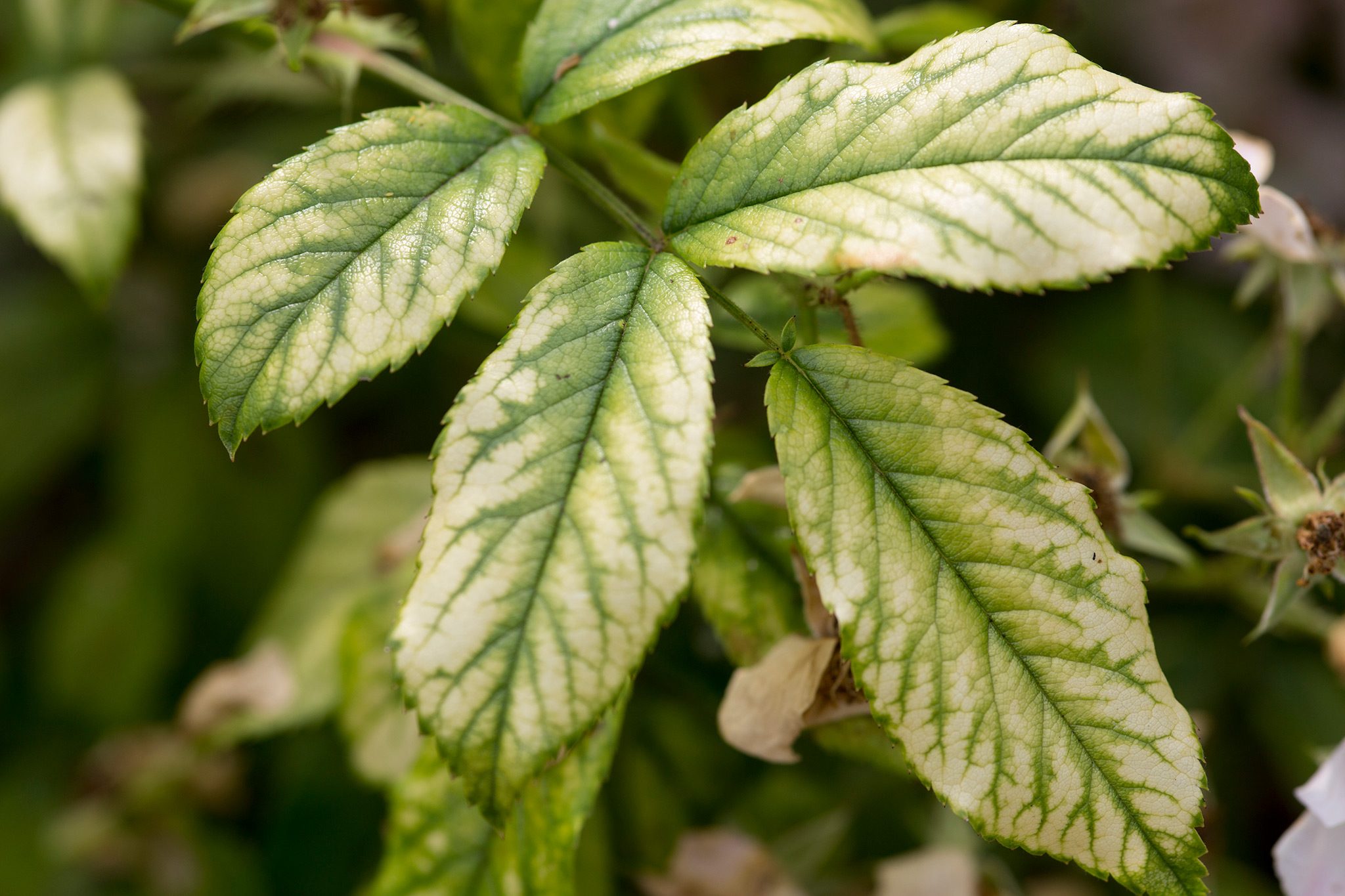
Credit: www.gardenersworld.com
What is Magnesium?
Magnesium is a mineral. It is found in soil and water. Plants need magnesium for many reasons. It helps with photosynthesis. Photosynthesis is how plants make food using sunlight. Magnesium is also a part of chlorophyll. Chlorophyll is what makes plants green.
Why is Magnesium Important for Plants?
Magnesium plays several roles in a plant’s life:
- Photosynthesis: Plants need magnesium to create food.
- Chlorophyll Production: Magnesium helps make chlorophyll.
- Energy Transfer: It helps plants use energy from sunlight.
- Nutrient Uptake: Magnesium helps plants absorb other nutrients.
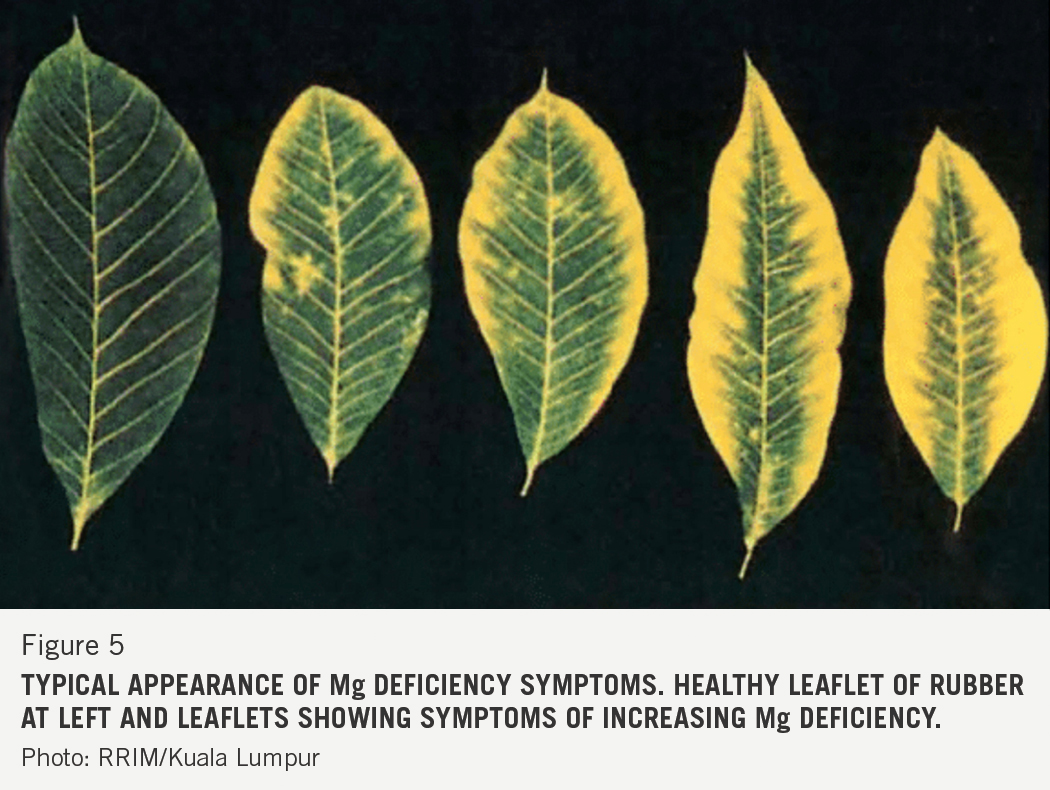
Credit: www.hillbrothers.com
What Causes Magnesium Deficiency?
Magnesium deficiency can happen for several reasons:
- Poor Soil: Some soils do not have enough magnesium.
- High Calcium Levels: Too much calcium can block magnesium.
- Acidic Soil: Acidic soil can make magnesium hard to get.
- Watering Issues: Over or under-watering can harm magnesium levels.
Signs of Magnesium Deficiency in Plants
Plants show signs when they lack magnesium. Here are some common signs:
- Yellow Leaves: Leaves may turn yellow, especially older ones.
- Leaf Tips Burn: Tips of leaves may look burnt or brown.
- Interveinal Chlorosis: Yellowing between leaf veins is common.
- Poor Growth: Plants may grow slowly or stop growing.
How to Diagnose Magnesium Deficiency
Diagnosing magnesium deficiency is important. Here are steps to help:
- Check the soil. Test if it has enough magnesium.
- Look at the leaves. Check for yellowing and other signs.
- Observe plant growth. Notice if it is slower than usual.
How to Fix Magnesium Deficiency
Fixing magnesium deficiency is possible. Here are some ways to do it:
1. Add Magnesium To The Soil
One way to fix deficiency is to add magnesium. You can use:
- Epsom Salt: Dissolve it in water and spray on leaves.
- Magnesium Sulfate: Mix it into the soil.
- Dolomitic Lime: This can add magnesium and calcium.
2. Improve Soil Health
Healthy soil helps plants get nutrients. Here are tips:
- Use organic matter like compost. This adds nutrients.
- Test soil regularly. Keep track of nutrient levels.
- Avoid using too much lime. This can raise pH levels.
3. Water Wisely
Watering properly is important. Here are some tips:
- Water deeply and less often. This helps roots grow.
- Use well-draining soil. This prevents water from pooling.
- Check moisture levels. Only water when needed.
Preventing Magnesium Deficiency
It is better to prevent deficiency than to fix it. Here are tips to avoid magnesium deficiency:
1. Regular Soil Testing
Check soil every year. Testing helps you know what nutrients are needed.
2. Use Balanced Fertilizers
Choose fertilizers with magnesium. This keeps levels steady.
3. Rotate Crops
Crop rotation helps keep soil healthy. Different plants use different nutrients.
Conclusion
Magnesium is vital for plant health. Without enough magnesium, plants can struggle. They may show yellow leaves, poor growth, and other signs. Diagnosing and fixing magnesium deficiency is possible. Adding magnesium to soil, improving soil health, and watering wisely can help. Preventing deficiency is even better. Regular soil testing and using balanced fertilizers can keep plants healthy. Remember, healthy plants make a healthy garden!

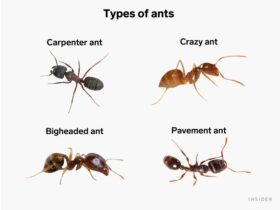
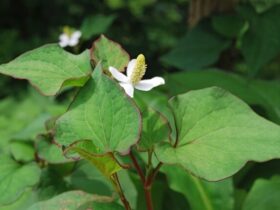
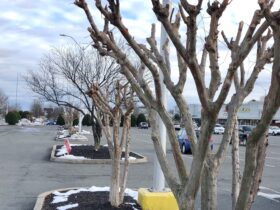

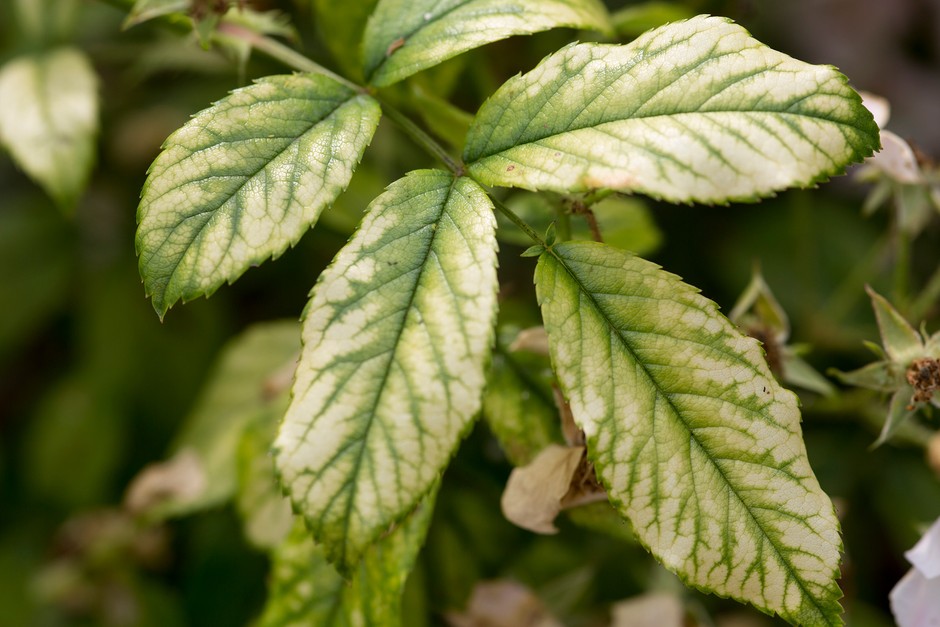
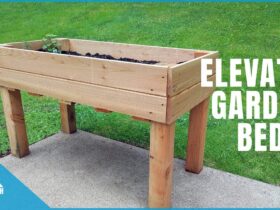
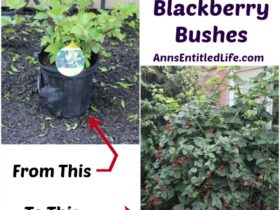

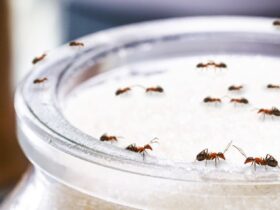

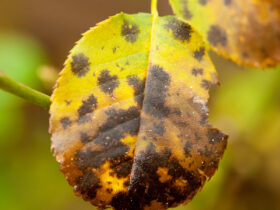

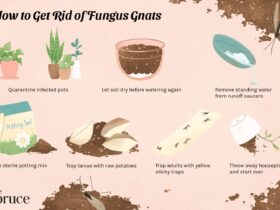
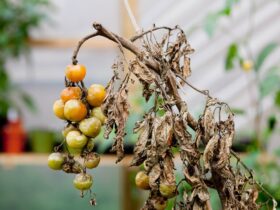
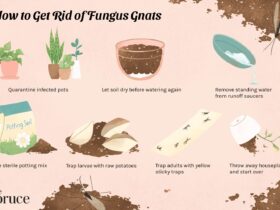

Leave a Review